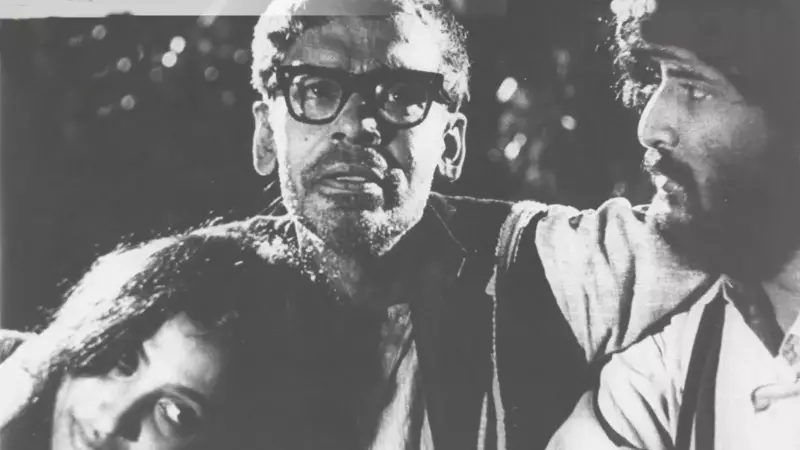
Ritwik Ghatak, the legendary Indian filmmaker whose birth centenary falls on November 4, created a cinematic language that transformed how we understand historical trauma. Far from treating the 1947 Partition as a distant historical event, Ghatak examined its ongoing, everyday effects through powerful stories of uprooted families, dispossessed women, and lost childhoods.
The Personal Meets The Political in Ghatak's Vision
Born in Dhaka and personally uprooted by the violence and dislocation of Partition, Ghatak's biography merged with that of millions of refugees. This personal experience became the foundation for his artistic vision. Ghatak firmly believed that culture and politics were inseparable, a conviction that shaped every frame of his films.
His legendary Partition Trilogy - including Meghe Dhaka Tara (The Cloud-Capped Star), Komal Gandhar (E-Flat), and Subarnarekha - captured the profound anguish, longing, and dislocation suffered by Bengali refugees. Rather than using melodrama for escapism, Ghatak employed it as a radical reflection of social wounds, forcing audiences to confront uncomfortable truths.
A River Called Titash: Geography as History
Among all his works, A River Called Titash (1973) stands out as perhaps his most comprehensive exploration of the relationship between geography, history, politics, community, and individual life. This joint India-Bangladesh production, based on the novel by Adwaita Malla Barman, follows the lives of the Malo fishing community along the Titas River in pre-independence East Bengal.
The river serves as a powerful metaphor throughout the film, highlighting social alienation, loss of identity, and the desolation of traditional life. For those seeking to understand how larger river-valley civilizations rewrite history, the film masterfully captures the cyclical nature of river life, mirroring the cycles of birth, death, and renewal.
Revolutionary Cinematic Techniques
Ghatak's distinctive cinematic approach included innovative use of light and shadow that became his signature style. In works like Meghe Dhaka Tara, he heightened emotional impact by skillfully controlling brightness and darkness, often emphasizing the stark realities of refugee life through pools of shadow or sudden bursts of light.
His wide, contrasting compositions - often tense and panoramic - immersed viewers in themes of displacement, yearning, and ephemeral hope. Ghatak blended epic narratives with ordinary personal stories, creating a rich tapestry that challenged both naive optimism and the elitism often present in Bengali culture.
Ghatak's political commitments were integral to his artistic practice. As a member of the Communist Party and participant in the Indian People's Theatre Association, he drew inspiration from Brecht and Eisenstein. He viewed filmmaking as a moral and political act aimed at collective awakening, using his films to express anger over social injustices and the suffering of marginalized communities.
Enduring Global Legacy
Though sometimes undervalued during his lifetime, Ghatak's historical awareness, political radicalism, and innovative formal techniques have established him as a beacon for filmmakers and scholars worldwide. Germany has played a key role in the international restoration of his cinema through collaboration with European film archives and restoration laboratories associated with the World Cinema Project and the Cineteca di Bologna.
Several of his films have been internationally restored, allowing new global audiences to experience his cinematic legacy with renewed clarity. His approach to non-linear storytelling offers a richer method of writing and telling history with a focus on culture and multiple narratives.
Today, as we approach his birth centenary, Ghatak's cinema remains a vital perspective for understanding the human toll of history, especially in times of displacement and division. His work continues to challenge audiences to confront the human costs of partition and the fragility of belonging, making him more relevant than ever in our divided world.





